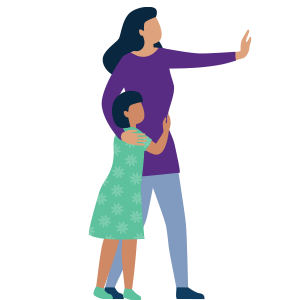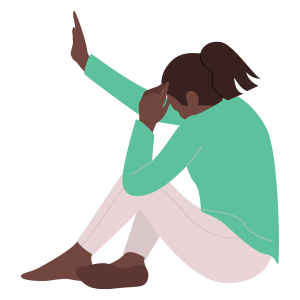Salus
Salus strengthens efforts to promote peace and support the health and safety of communities, by amplifying the voices of practitioners in creating and curating content on best practice and sharing information through accessible channels.
Fostering Safer Communities Through Shared Ideas
Through a virtual community of practice, a resource clearinghouse and other online learning tools, Salus aims to connect a global community of talent to promote community-driven solutions, the application of research to practice, and broader access to resources for all. Salus focuses on providing best practices in three core areas: intimate partner violence, sexual violence and sex trafficking.
Salus (pronounced sayŸlus) gets its name from the Roman goddess of safety and well-being – of both the individual and the state. The name represents both parts of our collective work: providing support services to increase the safety of each person (the individual) and challenging the attitudes and systems that perpetuate violence (the state).

Intimate Partner Violence

Sexual Assault

Sex Trafficking
Stay Informed — Join the Salus Newsletter
Stay connected with Salus. Get updates on our upcoming webinars, self-paced learning courses and industry research to advance your skills, learn from others and stay informed.
Featured Resources
Salus offers an evolving collection of resources about intimate partner violence, sexual assault and sex trafficking. Browse our curated resources as we work to build more resources and materials for you.

WEBINAR SERIES
Salus: An Introduction Series
Discover how Safe Futures Collaborative has come together to create Salus and give practitioners access an evolving collection of resources about how to prevent, respond and empower those affected by intimate partner violence, sexual assault and sex trafficking.

SELF-PACED LEARNING
Recognizing and Responding to Intimate Partner Violence
Learn how to identify intimate partner violence (IPV) and sexual violence, its impact on victims and how to respond to someone experiencing power, control and abuse in their relationship.
Prevention Center
Stopping violence before it starts. Led by the Family Crisis Center of Baltimore City.
Response Center
Crisis response once violence has occurred. Led by Turn Around.
Empowerment Center
Supports and empowers survivors on their journey to improve self-sufficiency and break the cycle of violence in families. Led by the Mid-shore council on Family Violence.
Knowledge Center
A easily accessible clearinghouse for curated content, tools and training on intimate partner violence. Led by House of Ruth Maryland.
Salus is a network designed to build connection and collaboration between everyone working to promote peace and support the health and safety of communities. Salus is a program created by Maryland Safe Futures Collaborative.
©2021 Salus. All rights reserved. All logos are property of their respective companies.
